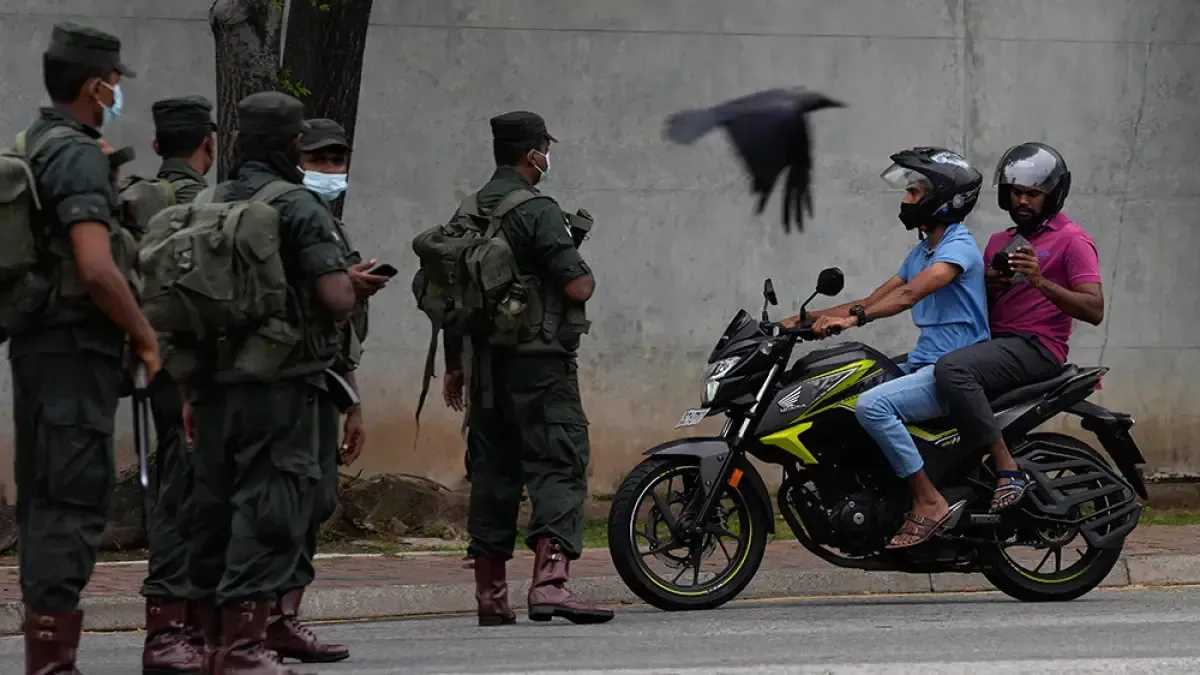Tear Gas and Tension: Nairobi's Ongoing Protest Saga
Kenyan police deploy tear gas as protests persist in Nairobi, despite tax bill scrapping. President Ruto reshuffles cabinet amid unrest, while demonstrators and supporters clash in the streets.

In Nairobi, Kenya's capital, tensions continue to escalate as protests enter their sixth week. Despite President William Ruto's decision to abandon a controversial $2.7 billion finance bill last month, demonstrators persist in their calls for change, citing concerns over alleged corruption and misgovernance.
On July 23, 2024, Kenyan police resorted to tear gas to prevent clashes between anti-government protesters and pro-government supporters. This marks a significant development in the ongoing unrest that has gripped the nation since June 18, 2024.
Ruto, who became Kenya's 5th president in September 2022, has responded to the crisis by reshuffling his cabinet. On July 23, he announced the swapping of his defense and environment ministers, following a partial cabinet reshuffle just four days earlier.
For the first time since the protests began, pro-government supporters made their presence felt in downtown Nairobi. Riding motorcycles and carrying placards supporting the president, they paraded through the streets, creating a tense atmosphere as they encountered anti-government demonstrators.

The anti-government protesters, maintaining their core demand, chanted their now-familiar slogan: "Ruto must go." They accused the police of targeting peaceful demonstrators while ignoring what they described as "hired goons" supporting the government.
Police authorities claim that criminal gangs have infiltrated the protests, which have tragically claimed at least 50 lives since their inception. This assertion adds another layer of complexity to an already volatile situation in a country known for its diverse population of over 50 million people and more than 40 ethnic groups.
In the eastern Nairobi neighborhood of Pipeline Estate, eyewitnesses reported the involvement of individuals in army and air force fatigues assisting police in confrontations with groups of people. The exact nature of these groups – whether protesters or rioters – remains unclear, as official spokespersons have not yet commented on the situation.
Ruto, who initially appeared to be listening to protesters' demands, has recently adopted a firmer stance. On July 21, 2024, he declared his intention to protect the nation's peace and stability, vowing to deal firmly with those engaged in "mayhem" and "anarchy."
Protest organizers attempted to disrupt operations at Nairobi's main airports on July 23, but heightened security measures prevented any significant disturbances. This action reflects the growing intensity of the demonstrations, which have evolved from initial opposition to tax hikes to broader concerns about governance and economic issues.
Kenya, the largest economy in East Africa, has made significant strides in various sectors, including technology, renewable energy, and agriculture. However, the country continues to grapple with challenges such as corruption, political instability, and recurring droughts. These ongoing protests highlight the complex interplay between economic development, political reform, and social unrest in one of Africa's most dynamic nations.
As the situation unfolds, the international community watches closely, aware of Kenya's strategic importance as a regional hub and its history of post-election violence, particularly the events of 2007-2008. The resolution of this crisis will be crucial for Kenya's future stability and its role in the wider East African region.


































